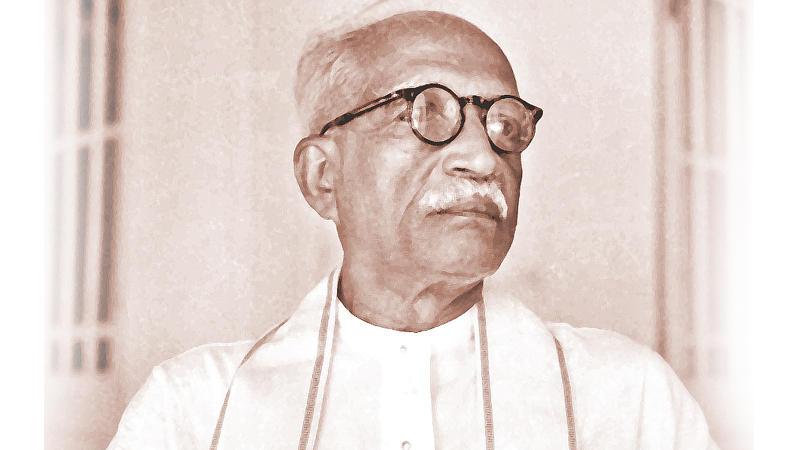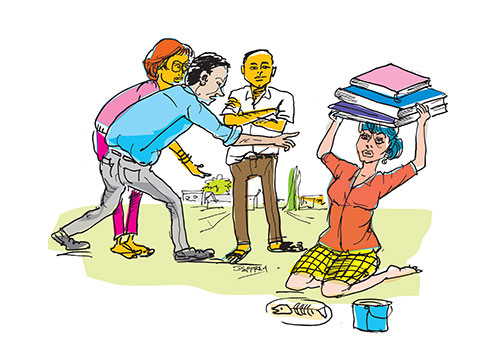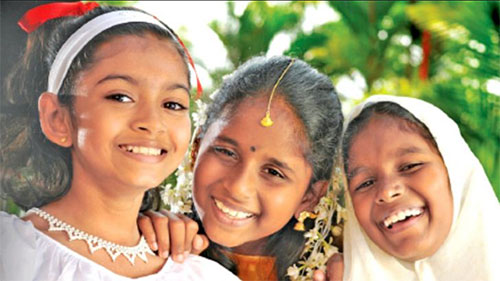By Udari Abeyasinghe
One of the principles of free education is to provide opportunities in higher education. In 2020, then-President Gotabaya Rajapaksa issued directives to the University Grants Commission (UGC) to increase university admissions by an additional 12,000 students, in line with his election manifesto. Subsequently, student enrollments were increased with inadequate resources allocated for the enhancement of university facilities to accommodate the surge in student enrollments.
Currently, state universities are grappling with managing the increasing number of students in the face of budgetary constraints. Unfortunately, neither physical nor human resources have been expanded in proportion to the increased student enrollment, leading to severe strain on the higher education system. Being an academic in the one and only dental faculty producing dental graduates at present for the entire country, I take this opportunity to shed light on the hardships experienced in dental education owing to financial constraints amplified by the economic crisis in Sri Lanka.
A glimpse into history
The history of dentistry in Sri Lanka is a fascinating journey. On 15 May, 1915, dentistry was recognized as an independent profession in the country. The first qualified dentists were officially registered by the Ceylon Medical Council under the Dentists Registration Ordinance, all of whom were British-trained professionals. These early dentists primarily served the British troops, professionals, and those among the Ceylonese population who could afford their professional services, predominantly in the private sector. It was only in 1925 that the Colonial government recognized the dental health needs of the general public. By the 1930s, several medical graduates from the Ceylon Medical College had embarked on a new educational journey by enrolling in a Licentiate in Dental Surgery programme, a two-year post-graduate course.
By 1943, another pivotal moment in the history of dental education occurred with the launch of the Bachelor of Dental Surgery (BDS) course at the Ceylon Medical College, University of Ceylon, located in Colombo. The inaugural batch consisted of only four students, followed by six students in the subsequent batch. This marked the official commencement of comprehensive dental education within Ceylon. Recognising the necessity of practical knowledge and skills to complement theoretical dental education, a small Dental Unit (now the site of the nine-storey Dental Hospital in Colombo) was established at the Colombo General Hospital, now known as the National Hospital of Sri Lanka.
In 1953, the Dental School was relocated from Colombo to Peradeniya. Subsequently, with the establishment of the second Medical College at Peradeniya, in 1961, the Dental School became affiliated with it, functioning as a department. Over the years, the dental school gradually expanded, becoming a Faculty of Dental Sciences in 1986. In 1998, under the Japan International Corporation Agency (JICA) project, the Peradeniya Faculty of Dental Sciences and Hospital complex was established. Notably, in 2017, the BDS programme transitioned from a four-year to a five-year curriculum on par with international standards. Eighty years after the commencement of dental education in the country, at present about 80 dentists graduate annually, all trained under the Free Education policy. In December 2021, a second Faculty of Dental Sciences was established at the University of Jayewardenepura set to produce its first graduates in three years.
Dental education in crisis
Sri Lanka’s financial crisis has taken a toll on the education sector, resulting in significant cuts in financial allocations. UNICEF reports that Sri Lanka allocates less than 2% of its GDP to education, falling well below the international benchmark of 4%-6% of GDP and ranking among the lowest in South Asia. In 2020, recurrent costs per student per year for the dental degree stood at Rs 1.72 million. The total recurrent cost for the five-year degree was 8.62 million while the total recurrent cost for the medical degree was 4.18 million. The cost of the dental degree programme would have surely increased since then due to the increased prices of imported dental materials. Given that dental education is the most expensive degree programme in Sri Lanka, the impact of these budget cuts has been particularly harsh. Moreover, the government’s decision to increase student intake in recent years, from 80 to 123 students at Peradeniya, has exacerbated the situation, representing nearly a 50% increase.
Dental education requires close one-on-one supervision during clinical sessions, and maintaining high standards necessitates adequate human resources. According to Sri Lankan standards, the student-to-academic staff ratio should be maintained at 7:1. Due to the increased number of students in the absence of a proportionate increase in the number of academics, this ratio no longer exists. This has placed a heavy burden on academic staff, who struggle to balance their responsibilities, including teaching, supervising postgraduate students, conducting research, and contributing to faculty and university administration. The shortage of human resources is taking a toll on the well-being of these academics and affecting the quality of education they can provide.
Navigating
As outlined in my last Kuppi article (09/05/2023), attracting and retaining young staff in the field of dentistry has emerged as a significant challenge. For any institution’s effective operation, the collective contributions of academics across all levels, from temporary lecturers to junior lecturers, senior lecturers, and professors, are crucial. Presently, the dental faculty faces a unique situation, functioning without a single dental graduate as a temporary lecturer. This situation has arisen primarily because dental graduates are reluctant to take up temporary academic positions due to the relatively low salaries offered in comparison to the potential earnings from private dental practice, not to mention a series of challenges faced in the university setting.
The government’s recent decision to suspend stipends for probationary lecturers in clinical departments to complete MD foreign training is one such challenge. As paid foreign training positions for dental graduates are hard to come by, completing foreign training without a stipend is unfeasible. Even though lecturers can be confirmed in their position before completion of foreign training and board certification, they are not eligible to become senior lecturers. The inability for junior lecturers to advance their careers has directly affected not only retaining but also attracting young dental graduates into the clinical departments. The situation has been further worsened by the government’s discriminatory decision to provide a stipend for postgraduate MD trainees in the Ministry of Health to pursue foreign training, which has compelled dental graduates to opt for employment with the Ministry of Health instead of universities.
The faculty has not been able to increase physical resources in parallel with the surge in student intake. Inflation has tripled the cost of dental materials needed for patient treatment, making it nearly impossible to procure the necessary supplies for both patient care and educational purposes. At present, the faculty relies upon donations from patients and alumni to bridge the gap. Other resources for clinical training, such as manikins in the skills laboratory, dental chairs, clinic equipment, and other basic facilities, including computers in IT labs, Wi-Fi, space in the cafeteria and student accommodation are inadequate to cater to the increased student intake. The responsibility to secure additional resources has fallen on the shoulders of academics with little support from the UGC.
The bigger picture
Dentistry is undoubtedly a costly degree, and access to free education in Sri Lanka has been a crucial lifeline, especially for students from disadvantaged backgrounds. As committed academics, our dedication lies in safeguarding free education and ensuring that students, regardless of their social backgrounds, have access to dental education while maintaining the high standards of teaching and learning. It is essential to keep in mind the BDS programme has gradually expanded from 4 to 80 students over a period of 80 years. The programme’s sustainability has been maintained by gradual and timely planned expansion with adequate public funding.
Indiscriminate increases in student intake during times of financial crisis will surely compromise the quality of dental education. Discriminatory decision to provide a stipend for postgraduate MD trainees in the Ministry of Health but not the postgraduate MD trainees in dental faculties will further compromise dental education. It is essential for decision-makers and policymakers to consider the long-term sustainability and quality of dental education, while strengthening Free Education in the country, even as they explore options for expansion.



